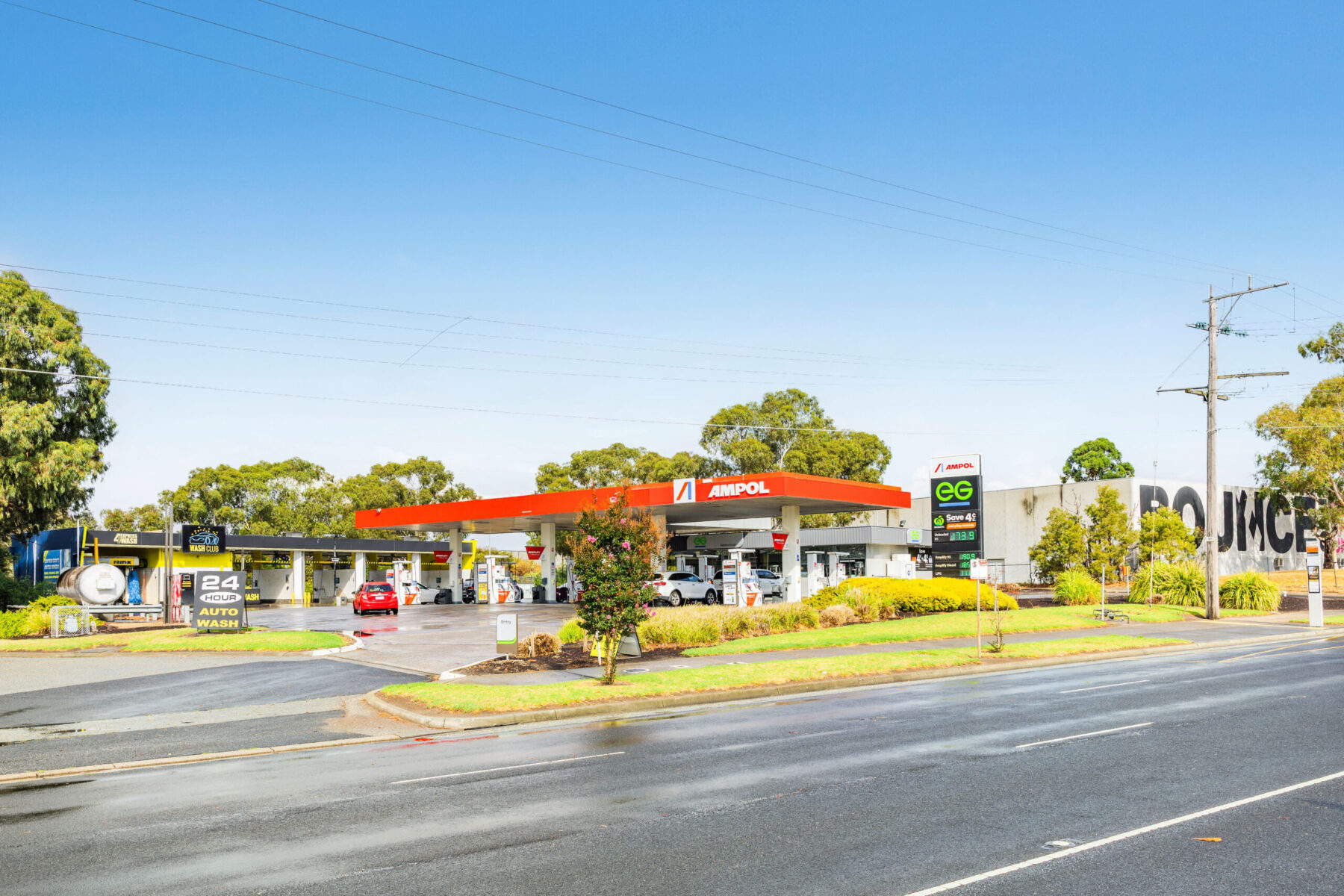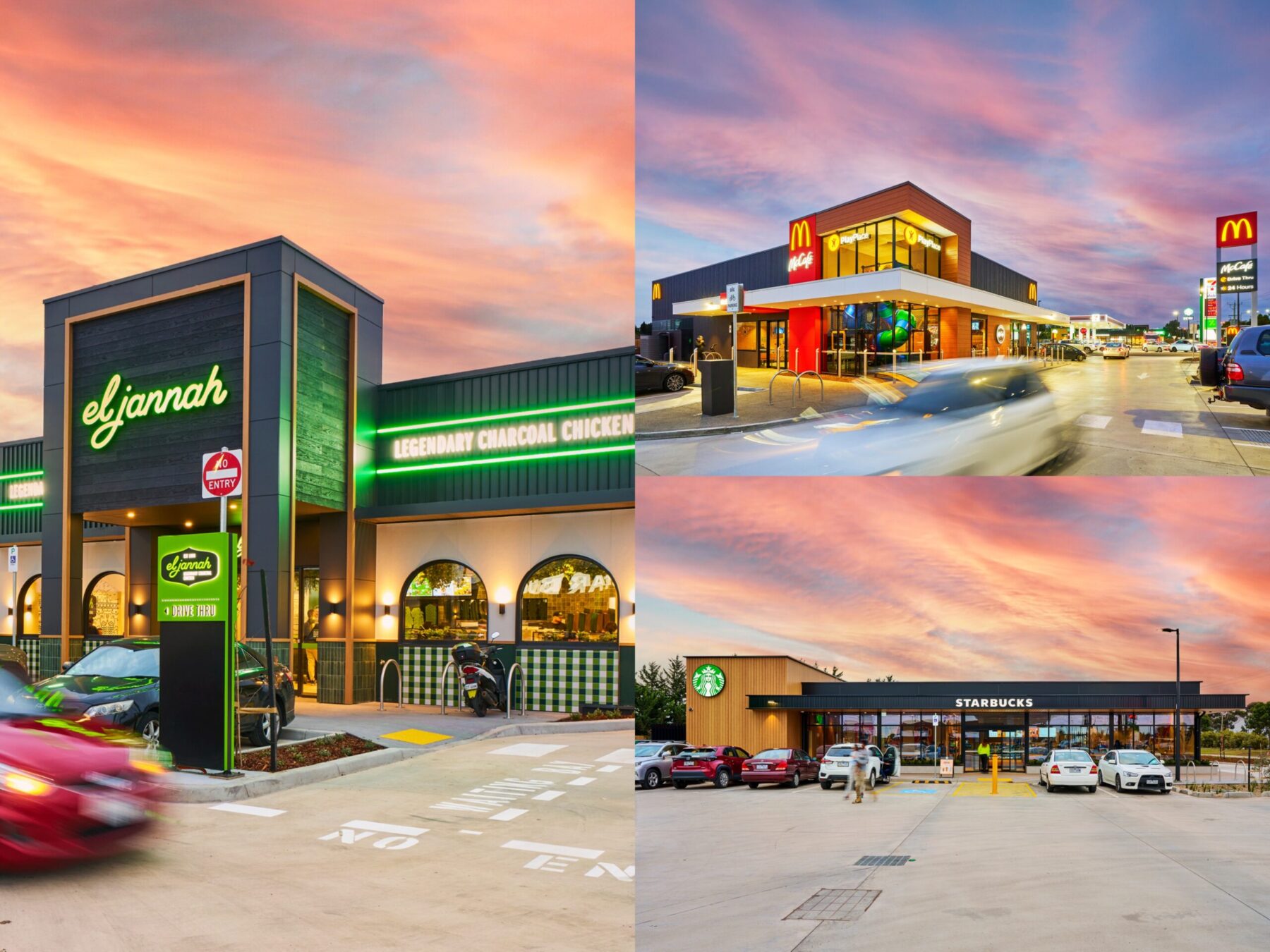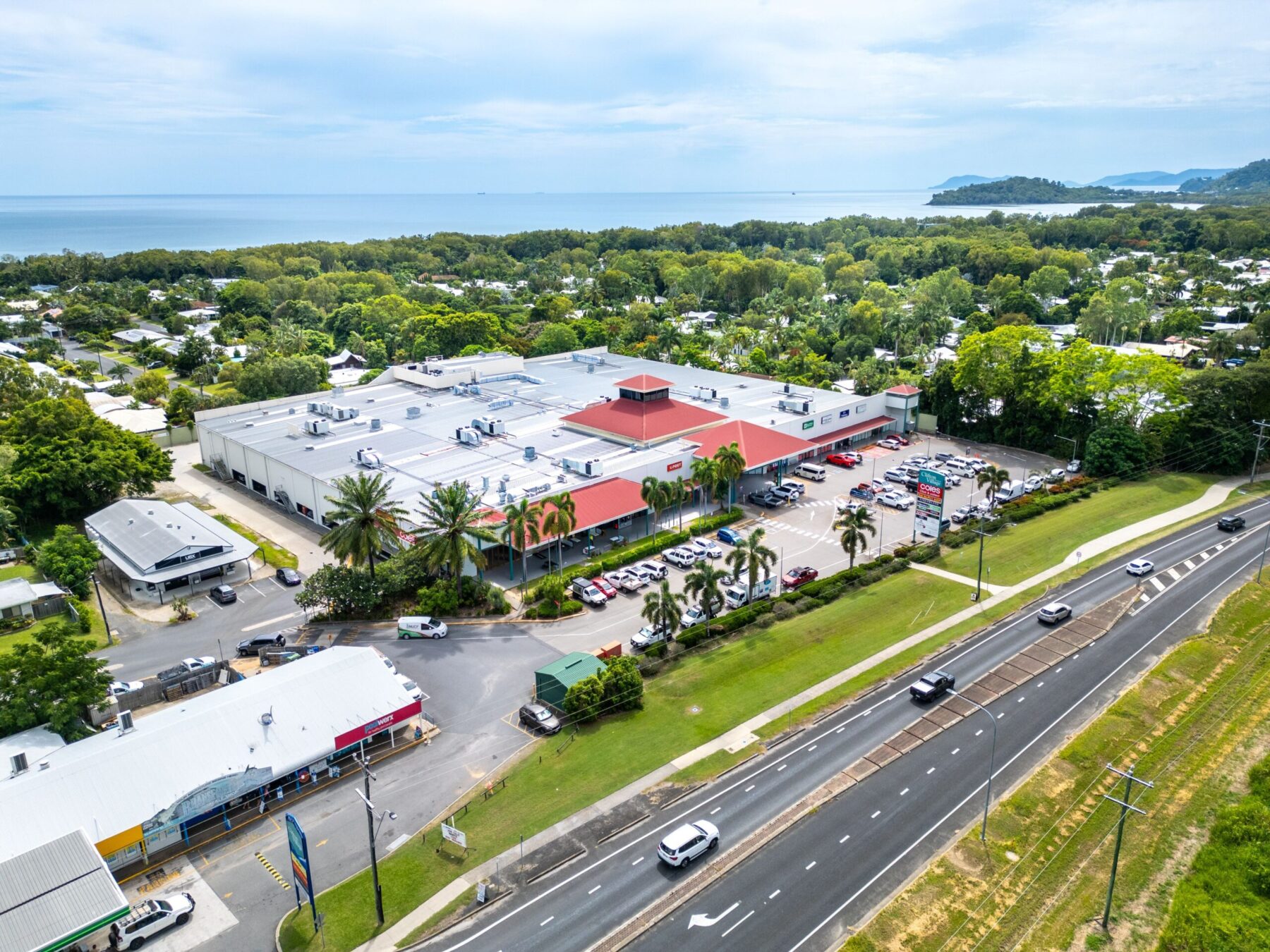Major Regional Shopping Centres are heading for trouble. In my last opinion piece titled "Mall Landlords on the Back Foot", I reviewed the collapse of well known retail chains, and the indications that rents and values are facing downwards pressure. With the increase in on line sales, and the emerging tech savy Gen Y cohort starting to spend, the challenge for Shopping Centres now more than ever is how to remain relevant. There is no doubt that the next decade will see many shopping centres evolve or unfortunately, die.
The closure of department stores and discount department stores leaves large spaces which are difficult to fill. The Big W Auburn store, along with two others nearby in Chullora and Fairfield, are the first three of as many as 30 Big W stores nationwide to be closed as the retailer attempts to turn around an $85 million loss in the face of savage competition from the likes of Kmart and H&M.
In Auburn, Aldi and additional speciality shops are moving in to the Big W space, while Chullora Big W is being replaced by a Coles and in Fairfield, the Big W space will be turned into a parking lot. These changes are predominantly "more of the same" and will simply spread the existing consumer dollar across a larger group of similar retailers. Some short term gain perhaps, but long term, Centres need to do more than add the same style of non discretionary retail. They need to create a reason to come back to the mall.
The answer in may cases is so called "mixed use" centres. In other words, Centres will need to take on uses other than retail.
Other uses include
- hotels – Chadstone have led the way in this
- offices – Again Chadstone have announced a major upgrade which will include a major office tower
- sport & recreation facilities – Macquaire Centre have an Ice Rink but other high traffic flow indoor sporting facilities will also emerge
- residential apartments – Rouse Hiill, Castle Hill, Macquarie, Westfield Parramatta and many others have proposal for large scale residential apartments sitting around and atop the periphery of the Centres. These are either for sale or as built to rent options.
- education facilities – Lend Lease are beginning to test the market for shared spaces with TAFE and schools at Sunshine Plaza
- conference / church venues – for local community groups
- fullfilment pick up – spaces for online delivery and pick up or larger items
- medical precincts / hospitals / aged care facilities
The future of major retail centres is to evolve the usage in a way that engages with the community, that provides a reason to return to the Mall.
Centres which are connected to transport hubs, allowing a high volume of cusotmers to access the Centre at any time, are likely to be the most successful mixed use precincts.
Urban regeneration precincts such as Sydney Olympic Park or Sprinfield in Brisbane also have the capability to deliver high quality mixed use development. These areas are likely to be led by residential developers who are already developing major retail centres as part of their schemes.
Major mall Landlords including Lend Lease, AMP Capital, Vicinity, QIC and SCentre all have significant plans and visions for their Centres, however the economic reality is that at present the capital required to bring these plans to fruition is running away in the other direction. Significant redemption demands from their investors will prevent their ability to raise capital for regeneration activities and are forcing groups to divest these assets.
Many malls are therefore likely to decline in value as the capital requirements to regenerate them increases and the rents from existing tenants declines. Some groups will manage their way through, whilst others will adapt to the market.
Groups that can articulate a strategy that introduces fresh capital to acquire development rights to components of a Centre (ie a BTR Scheme, or a Hotel for example) which will enable the Centre to reinvest those proceeds into other improvements will likely become the leaders in the next evolution of our malls.



